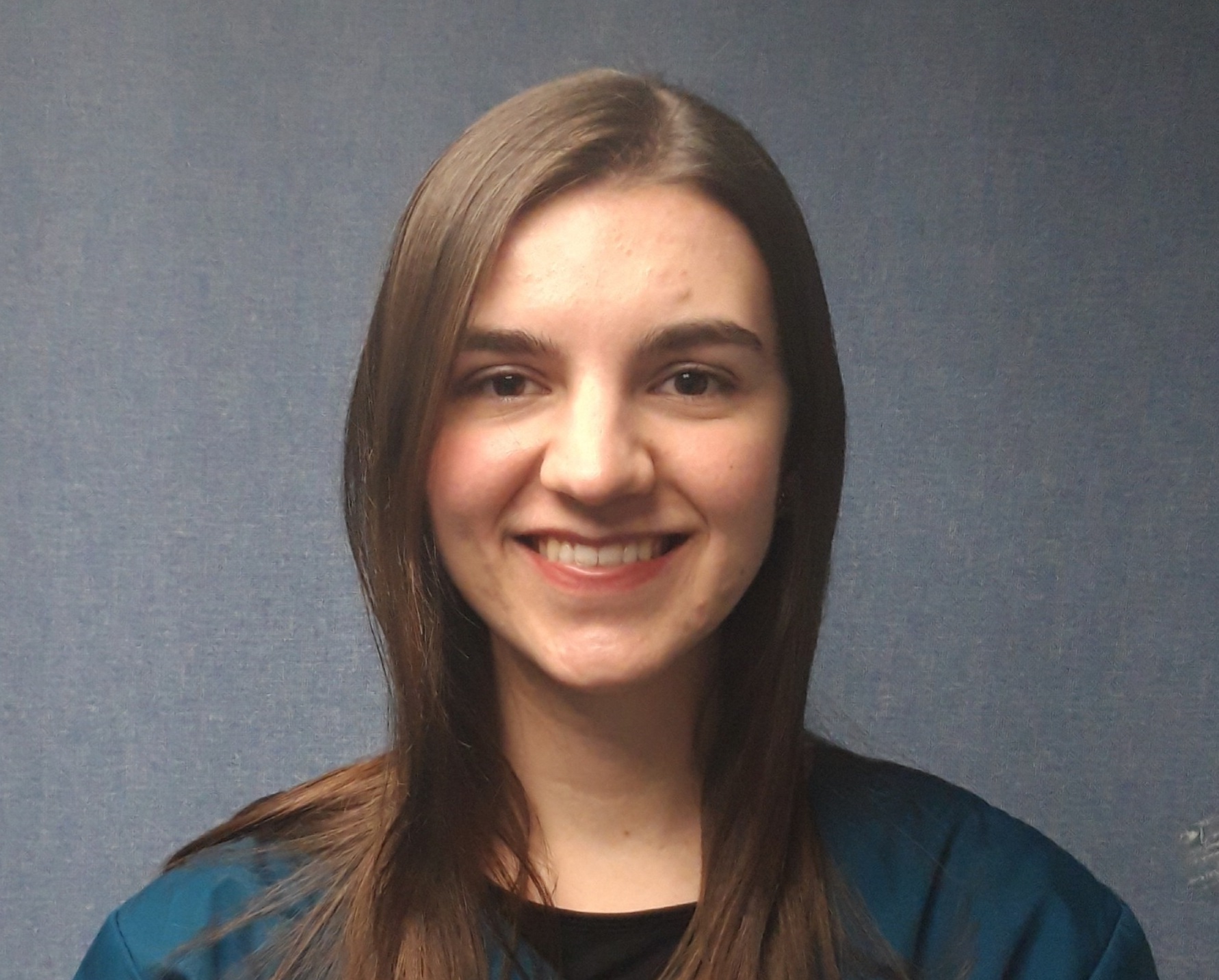- How Hearing Tests Work
- Free Online Hearing Test
- Complex Auditory Disability
- Hearing Test FAQs
- Request Advice
- How Hearing Aids Work
- Choosing A Hearing Aid
- Bone Anchored Hearing Aids
- Cochlear Implants
- Hearing Accessories
- Hearing Aid Aftercare & Repair
- Hearing Aid FAQs
- Assisted Hearing Devices
- Hearing Aid Rehabilitation
- Request Advice
- Getting the Best Out of Your Digital Hearing Aids
- Hearing Health
- About Hearing Loss
- Hearing Therapy
- About Tinnitus
- About Hyperacusis
- Managing Hearing Loss
- Ear Balance Service
- Vestibular Rehabilitation
- Request Advice
- Children's Hearing Tests
- Newborn Hearing Screening
- Children's Hearing Aids
- Children's Hearing Difficulties
- Help & Advice
- Why Choose Chime?
- History
- Patient Feedback
- Recruitment
- Information & Resources
- Chime Service User Group
- News
- Contact
- Our Hearing Clinic
- Hearing Services
- Hearing Consultations
- Ear Wax Removal
The Daily Chime
Latest News

Hannah Gravenor
Specialist Audiologist
Benign Paroxysmal Positional Vertigo Treatment
Posted on 2021-07-08 12:10:00 in GeneralBenign Paroxysmal Positional Vertigo is also known as BPPV. It can be diagnosed using a simple test by a qualified audiologist. Benign Paroxysmal Positional Vertigo (BPPV) is a common cause of dizziness. It is caused by crystals of calcium carbonate which are normally found in one part of the balance organ becoming loose and moving into one of the semicircular canals in the inner ear.
What is Benign Paroxysmal Positional Vertigo?
Sudden movements in certain directions cause the crystals to move and send incorrect messages about how you are moving to the brain. This results in a strong spinning sensation, accompanied by specific eye movements, which lasts a brief period of time (up to a minute). Once the crystals have settled again following a movement, the sensation stops. Read our advice on what to do if you have a sudden ringing in one ear.
Diagnosis for Benign Paroxysmal Positional Vertigo
BPPV is diagnosed using a simple test where the patient is moved in a way that disturbs the crystals and brings on the spinning sensation. The most common test is the Dix-Hallpike test, where the patient’s head is moved 45 degrees to one side and the audiologist lies them back quickly. The audiologist will look at the patient’s eyes for specific movements and ask the patient if they are experiencing any of their symptoms. A positive result on the Dix-Hallpike test usually confirms the presence of BPPV.
Benign Paroxysmal Positional Vertigo treatment
Although medication is sometimes used to relieve the symptoms of BPPV, it does not treat the condition. BPPV is treated by moving the crystals back to the correct location, which is done using simple repositioning manoeuvres. The most commonly used manoeuvre is the Epley manoeuvre, which involves the audiologist moving the patient in a series of positions, and holding each position for 30 seconds. These positions move the head in a specific way so that the crystals are can migrate back to their original location.
Recent evidence suggests that performing two repositioning manoeuvres in a row can have better outcomes for patients.
There are alternative repositioning manoeuvres which are sometimes used – your audiologist will select the most appropriate manoeuvre for you after assessing your symptoms and physical capabilities (e.g. any restrictions in neck movement).
What happens after Benign Paroxysmal Positional Vertigo treatment?
Following a manoeuvre, you are likely to feel a bit unsteady for a few days. We advise patients to avoid any sudden or rapid movements for 48 hours following a manoeuvre, and it can help minimise the risk of the crystals moving back into the wrong place by sleeping propped up on a few pillows for the first two nights.
We will contact you to review how you are getting on two weeks after the manoeuvre. If it has been successful, you should have noticed any mild symptoms have gradually subsided. Repositioning manoeuvres for BPPV have a high success rate. However, it is a condition that can return in future and you may need to see us for further manoeuvres. Some patients are able to perform repositioning manoeuvres themselves at home, but this should only be done following consultation with a qualified professional.
For more information about the Chime Ear Balance Service or Benign Paroxysmal Positional Vertigo treatment, please contact us on 01392 402223. Read what happens in an audiology appointment.

